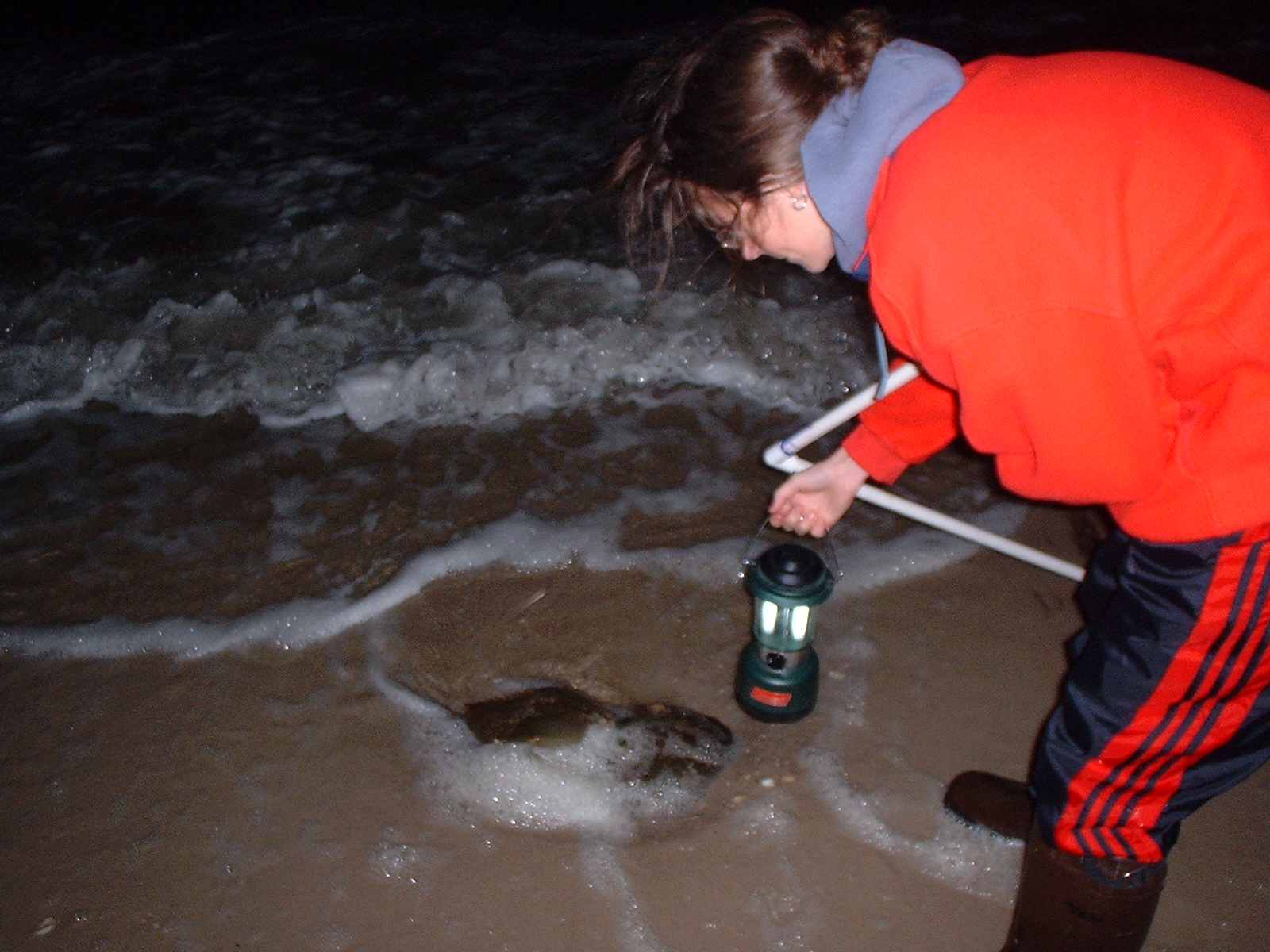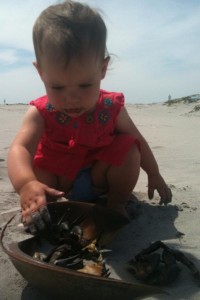Last year I was pretty proud of my sea & sky pumpkin featuring constellations, a sunset, fish, a seahorse, and horseshoe crabs and I’m at a loss on what to do this year. I started a template for a much larger horseshoe crab so I thought I would share it with you (HSC_template).
I actually cut out and created some artwork for my office.



 My co-workers and I went about as normal for this event and used the
My co-workers and I went about as normal for this event and used the 






















What people are saying …